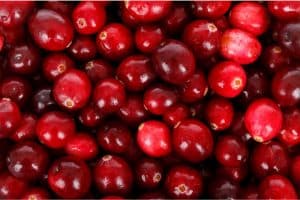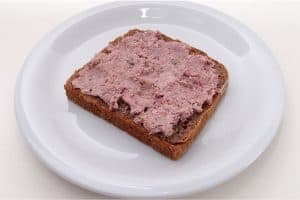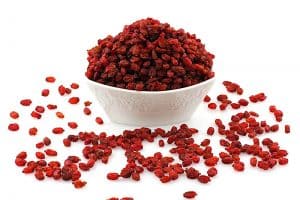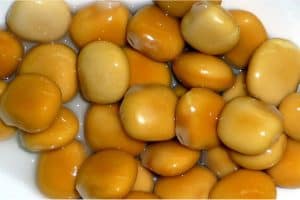Let’s go back to a time where refrigerators did not exist, preservatives were limited, and food discovery was on its trial and errors. Just like any other discovery, the science behind fermentation happened spontaneously. It primarily existed as far back 10,000 BCE in North Africa where dairy fermentation took place. The hot climate likely played a large role in its occurrence, as fermentation favors the heat of this climate.
It wasn’t until in 1856 that it was stumbled upon by a French chemist named Louis Pasteur where he connected yeast to the process, making him the first person who studied the applied science of fermentation. The role of yeast is it acts as a catalyst where it promotes the conversion of sugar to alcohol and carbon dioxide essentially making it acidic with low chances of developing bacteria that can make you sick. Moreover, this basically opened a new realm of food preparation where fermentation was described as “respiration without air”.
Fermentation vs Pickling
Years have gone by and different cultures have adapted the technique and added flavors that were unique and tasteful. With that said, here lies another known process that is pickling where the method of food preservation works by submerging foods in an acidic solution, like vinegar, which changes both the taste and texture of the food. The difference between the two is in pickling, it involves the use of heat to destroy and prevent the growth of pathogens with the side that it’s done in a shorter span of time. Fermentation on the other hand, doesn’t require an acidic liquid or heat. It can be done in just a container and salt and takes a lot longer before it’s good to go.
As further studies progressed, it came to a point where fermented food was considered beneficial to our health. It creates a fuss not just because of its taste, but its benefits too. With the good bacteria it carries, breakdown of complex carbs become easier. As a result, with a well-balanced gut health, overall, it enhances your immunity and well-being. Despite the good stuff, do fermented foods and pregnancy go together?
Popular Fermented Food Seen Around The World
With different variations and techniques who could say no to these foods, right? From cold served yogurt, hearty meals with a spoonful of miso paste and kimchi on the side to veganized dishes with tempeh and lastly, a sip of that cold brewed kombucha everyone’s been raving about. Yes, they are all infused with beneficial bacteria and flavors, but are they all good for pregnant women?
Cheonggukjang/Doenjang – Korea
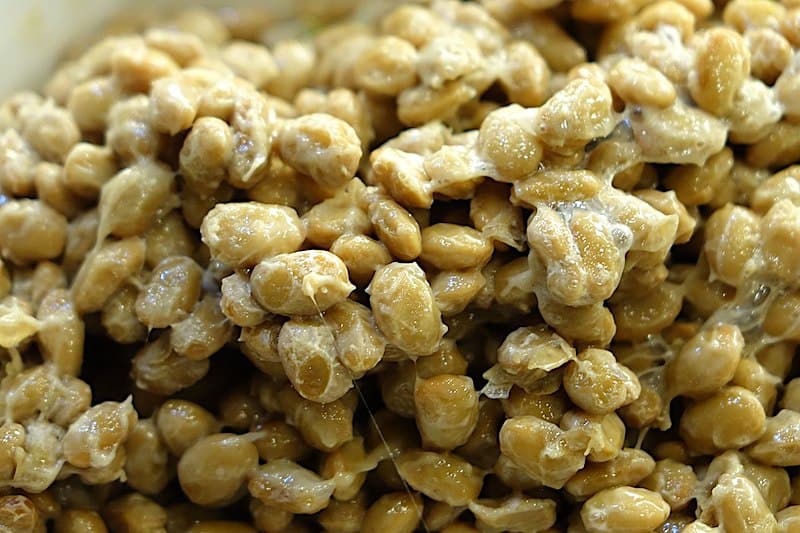
Fermented soybean paste that is a staple in Korean homes where they put it on almost everything. The difference between cheonggukjang and doenjang is the preparation time where cheonggukjang is considered “quick” doenjang because it can be eaten in 2-3 days. While doenjang takes months of preparation before it can be readily consumed. Since it is made from soybeans, it contains vitamins and minerals which include potassium and calcium.
Kimchi – Korea

Made by cutting the vegetables into slices or strips, smothering with salt to produce brine and then proceeding with the fermentation process, add in spices, and then packing it tightly into a jar. A traditional Korean dish made from fermented vegetables like cabbage, onion, radish and carrot.
But do note that kimchi may contain high salt content due to brining where in pregnancy, it should be regulated to avoid incidences of pre-eclampsia. Pre-eclampsia is considered as high blood pressure and occurrences of proteinuria (protein in urine) during pregnancy.
Miso Paste – Japan
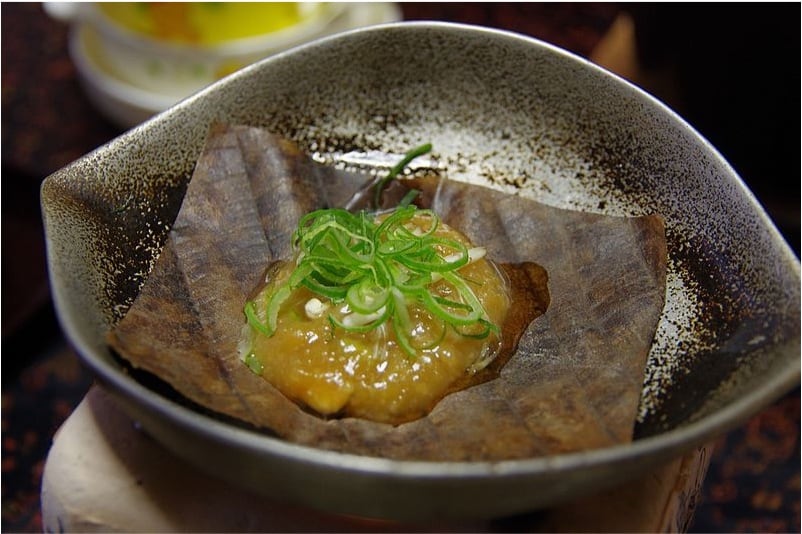
It’s a paste made of the combination of fermented soybeans and rice koji. It adds depth to that rich broth we often order at Japanese or Korean restaurants. Salt and earthy at its finest. It is also rich in vitamin B, vitamin E, K and folic acid which is essential to a pregnant woman’s nutritional needs.
Natto – Japan
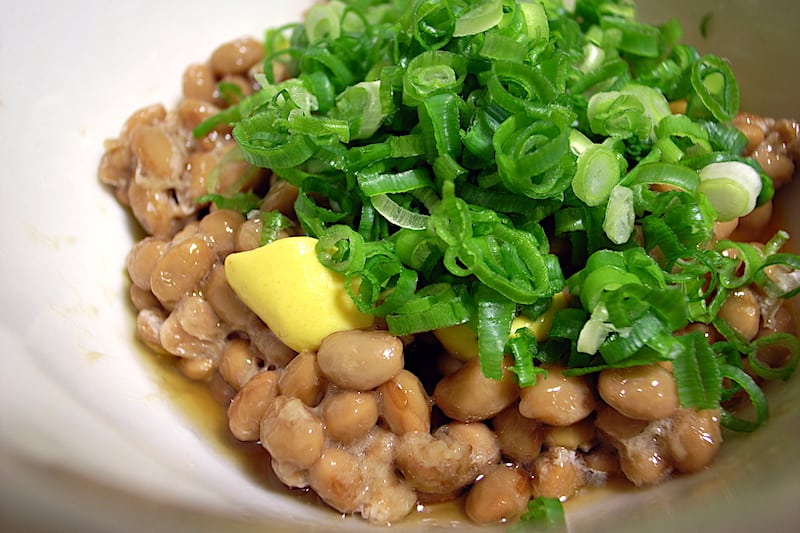
Here we have another fermented soybean dish that originated in Japan. Characterized as slimy and sticky in texture with a nutty taste. It is usually topped with soy sauce, mustard, chives and other seasonings and best paired with rice. Infused with vitamins and minerals since it is made from soybeans.
Bagoong – Philippines
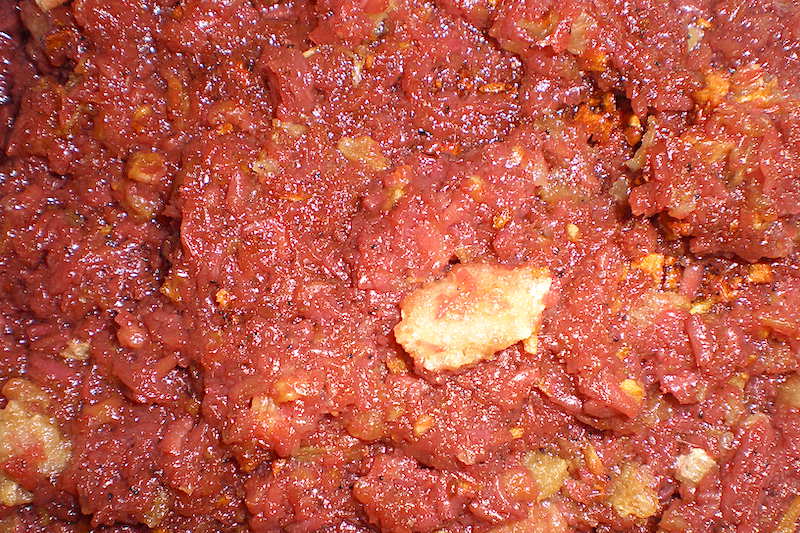
A widely known condiment in the Philippines. Bagoong may be made of either fermented fish or shrimp paste (alamang). The fermentation process lasts up to 90 days with occasional stirs to make sure the salt spreads evenly. In the Philippines, it can be an ingredient in certain dishes and can also be eaten as a dip for green mangoes. Delicious and perfect contrast for pregnancy sour tasting cravings.
Puto – Philippines
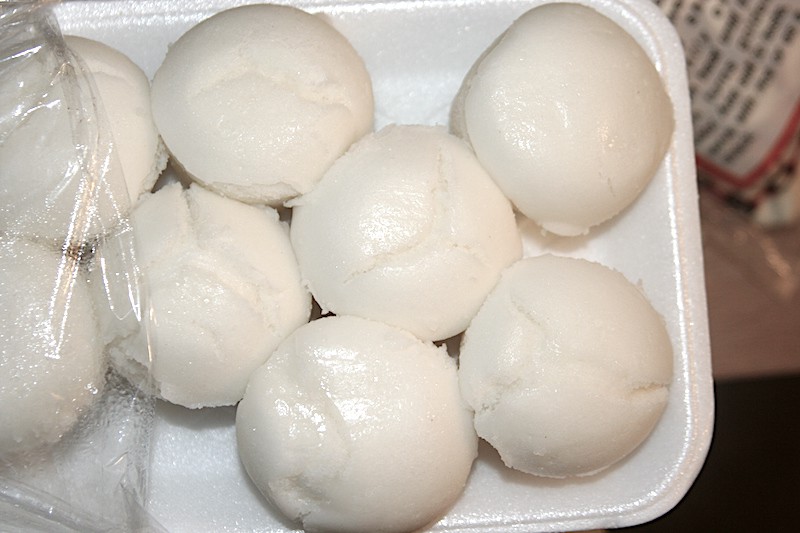
A steamed cake dish often seen at Filipino parties. Topped with cheese, salted egg or grated coconut and sometimes even paired with dinuguan (pork blood stew). Nowadays, the puto recipe is made directly with dry glutinous rice flour that does not need fermentation. But traditionally and even in some recipes that require it, still apply fermentation of the glutinous rice flour aka galapong. Soft, sweet and filling. It would be safer to only grab a bite or two of these little rice cakes because it may include saturated fat, sodium and sugars.
Tempeh – Indonesia
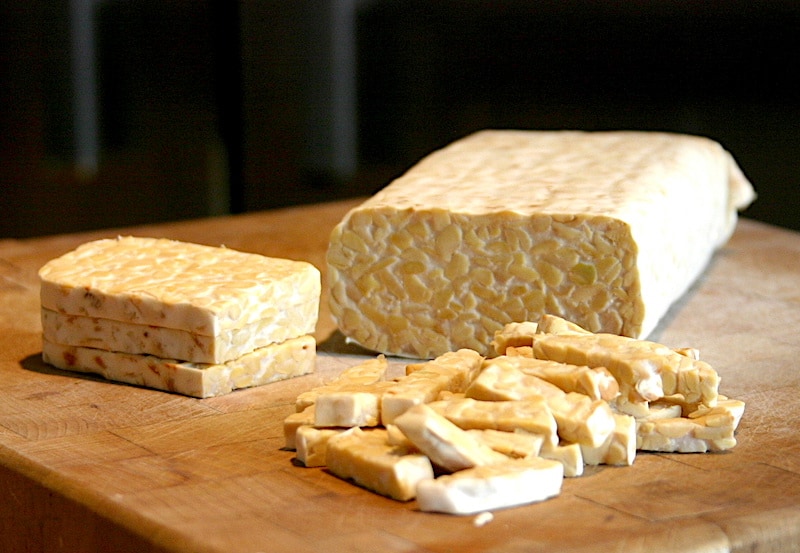
A bit similar to tofu but is fermented using soybeans and a starter culture which contains a mixture of a live mould. It is high in protein, vitamins and minerals but low in sodium and carbs. Mostly seen in vegan dishes, used as a substitute for meat. Safe to say these can be and should be consumed by pregnant women due to its rich nutritional value.
Kombucha – Northeast China

A drink made from a mushroom called a ‘scoby’ – a flat round culture of bacteria and yeast. It uses black tea and sugar to produce the fermented drink. It has been known that consuming kombucha while pregnant can be a bit controversial since the fermentation process results in the production of alcohol in small amounts. Although approximately it contains 0.5-3% alcohol at most, restriction of any type of alcohol intake for pregnant women should be imposed due to the bad effects it may bring. Plus, it can also pass through breastmilk which may affect the baby.
Poi – Hawaii
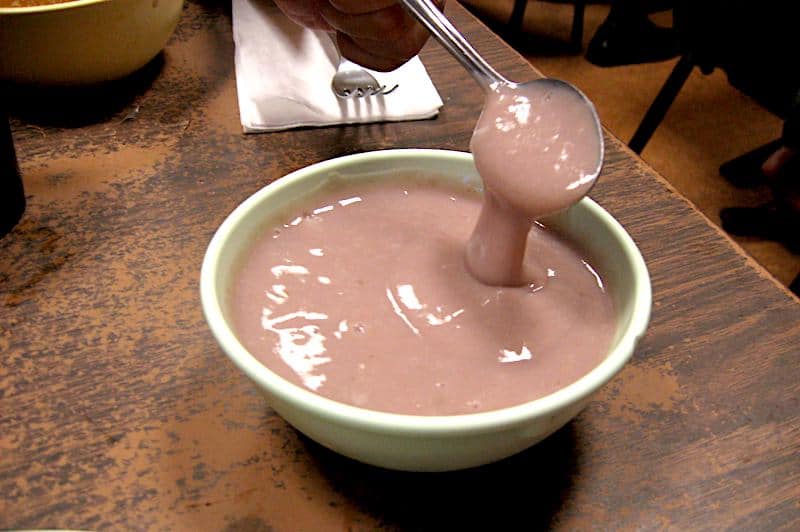
A staple in local Hawaiian cuisine where peeled roots of taro are pounded, mixed with water then cooked. It is characterized as a bluish gray paste where it can be eaten fresh or can be fermented up to a week for a tangy taste. Preferred to be eaten by locals not with utensils, but their fingers. It’s a super food which contains high-fiber, low-sodium, calcium and phosphorus. Plus, it’s a gluten-free source of Vitamin B. Safe to say that this can be a good source of nutrients when you’re expecting.
Sauerkraut – Germany

A superfood present in the German diet since the 1600’s. Similar to making kimchi, but in sauerkraut, it specifically uses cabbage. Shredded cabbage with salt packed into a jar. Thus, brine is produced. Since this involves a lot of salt, it would be safer to only include small portions to avoid bloating.
Crème Fraiche – France

The term crème fraiche translates literally in English as “Fresh Cream”. Fresh in a sense that it doesn’t need thickening agents to achieve that creamy consistency. Instead, an addition of a starter culture to the heavy cream leaving it alone at the correct temperature until it thickens naturally. The bacteria present in this cream gives the sour taste it is known for. It is similar to sour cream’s consistency and taste, but crème fraiche is less sour and has a higher fat content. Better to take it easy due to the high fat content.
Smetana – Eastern Europe

Another sour cream-like variant that originated in Central and Eastern Europe. It is claimed to be similar in taste as crème fraiche. Often served in appetizers, main courses and even desserts. Can be blended with soups, salads and meat dishes. In contrast with crème fraiche, it can be used in cooking as it is high enough in fat that it won’t tend to curdle in high temperatures. Basically, it is a dairy product that is made by separation of fat through decantation and retention of the cream. It is tangy and sweet tasting.
Kvass – Russia
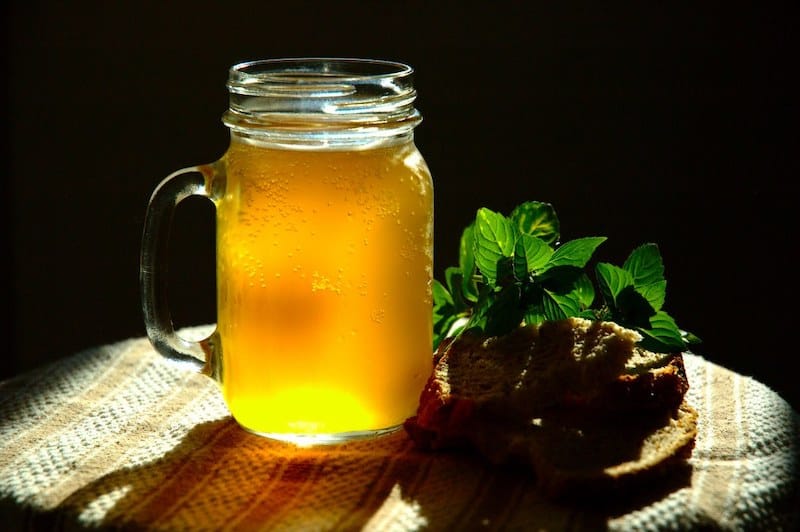
An alcoholic drink with the involvement of natural fermentation of bread either wheat, rye or barley but mostly regular rye bread. Flavored with fruits or sugar to make it sweeter. Although it has alcohol, it is considered a non-alcoholic drink due to the 1-2% proofing. But to be in the presence of a pregnant woman, it is advised to avoid such beverage since it’s better to be cautious of possible side effects that is caused by alcohol consumption.
Kefir – Russia
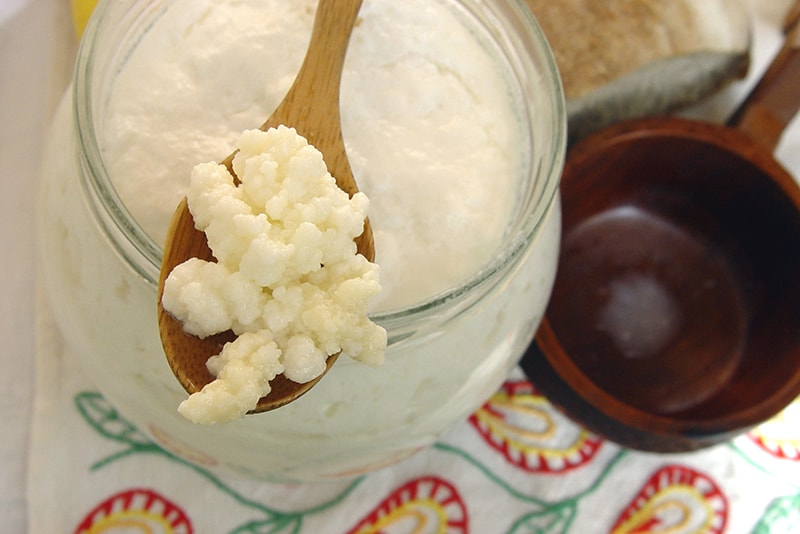
A fermented drink made by adding grains of kefir to pasteurized milk. Over a day, microorganisms from kefir grains multiply and ferment the sugars in milk. Taste-wise, similar to yogurt due to turning lactose to lactic acid making it sour but in contrast to that, has a thinner consistency. Generally, safe to drink during pregnancy as long as its sugar content is not too high. But make sure that the milk used in Kefir is pasteurized to avoid an upset stomach or other complications.
Yogurt (Filmjölk, Skyr, Viili)

In choosing yogurt, opt for naturally flavored rather than fruit-flavored ones because they tend to have high sugar content. It’s safer to consume sugary goods in moderation while pregnant to avoid gestational diabetes – diabetes that comes on during pregnancy. A variation that originated from Sweden that is best paired with cereals, muesli and crisp bread on top. While Skyr is known in Iceland with a consistency similar to Greek yogurt which has been strained to remove most of the whey it contains. Difference is it has a milder taste. High in protein and low in fat which makes it a good alternative opposed to regular yogurt. Lastly, there is a mesophilic fermented milk that originated in Finland called Viili that has a velvet-like surface texture.
Buttermilk
(Ayran in Turkey, Chhass in India, Doogh in Iran, Leben in Middle East)
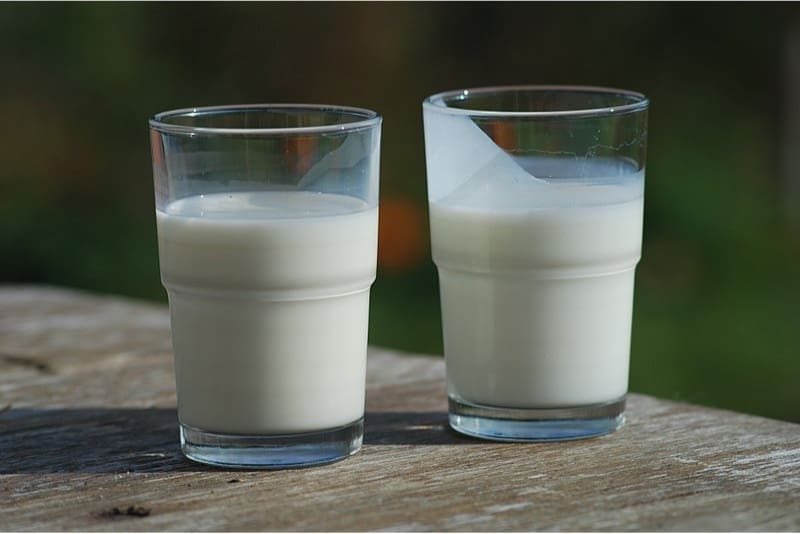
Traditionally buttermilk is associated as the liquid left from churning butter. The liquid was left to sit for days until a separation happens between the cream and the milk. But in turn of modernization, cultured buttermilk made its way as pasteurized and inoculated with Lactobacillus lactis to motivate the naturally occuring bacteria in traditional recipes.
It is a known staple in countries with warm climates where milk tends to sour quickly once unrefrigerated. Ayran is a variation that originated in Turkey. Often served with kebabs, köftes, pilafs and other meat dishes as a refreshment. While Chhass is a yogurt-based drink that is famous in Indian subcontinents. It is made by churning yogurt with cold water in a pot. It can either be consumed plain or seasoned with a variety of spices for that extra flavor. Next up we have Doogh also a yogurt-based variation that is served cold and mixed with salt. In usual settings in Iran, it is paired with grilled meat or rice. It may be carbonated and seasoned with mint. Lastly, we have Leben that originated from the Middle East. It is referred to as a beverage or food made of fermented milk. As per tradition, it is prepared by allowing milk to ferment for 24 hours then churning and separating the liquid from the butter.
Garri – West Africa
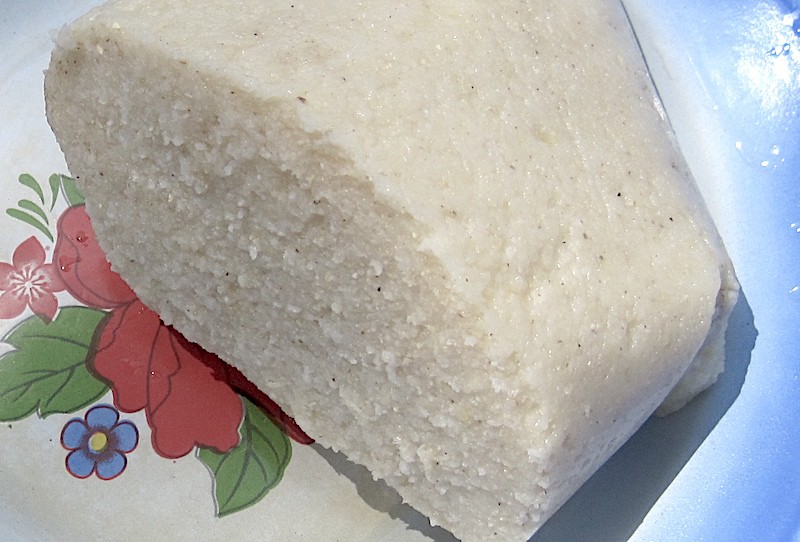
Cassava as the main component of garri is grated or sliced into pieces left to ferment either exposed in the natural atmosphere or piled in a bag. Proper fermentation should be done to avoid toxic cyanogenic components of cassava. Nonetheless, garri in West Africa has a powder-like consistency used as flour that is made from tuberous roots of cassava. It is used in dishes such as Eba – a smooth dough staple that is usually part of a meal that includes soups and sauces, Kokoro – a deep fried Nigerian snack and as a cereal or a light meal made by soaking in cold water mixed with sugar or honey. It is a dish high in fiber since it is made solely from cassava. Savory and safe enough to be eaten by pregnant women as long as proper fermentation standards have been met.
Effects on the Pregnant Woman and the Baby
Fermented foods and pregnancy – there are many benefits to consuming fermented food while pregnant. One, is obtaining a balanced internal ecosystem that lies in the mother and baby’s gut. It provides more nutrients by helping the body properly process food and induce release of all the nutrients to be absorbed. It also helps in retention of the nutrients in the blood stream making sure that the baby receives these nutrients in each growing cell. It also helps the body detoxify, making sure that the gut is free from harmful bacteria.
But why are they debating on its safety on pregnant women in the first place?
Despite the benefits that come with eating fermented food while pregnant, there is also a risk in getting sick while eating them. Most pregnant women are more susceptible to infections and gut imbalances. Listeriosis is caused by the germ Listeria. It can thrive in most food and may grow in room temperature. It can only be killed with heat over 150 degrees Fahrenheit (65.556°C). And remember, that fermentation process happens when food is left at room temperature for days to motivate the growth of good bacteria but along with the hopes of good ones, there is always a risk of getting a hand of bad bacteria too.
How much is ‘too much’?
They say moderation is the key to everything. Generally, fermented food is safe for pregnant women but if you are looking to eat it most of your days, it’s safer to eat in moderation. Since some foods may contain too much salt, it may cause bloating and can trigger pre-eclampsia. Also watch out for added flavors that tend to sweeten up the food, for cases of gestational diabetes. Do not consume more than 1-2 servings of soybean containing foods. One serving contains half a cup of tofu or a cup of soy milk. Consuming too much of soy-containing products may affect the baby negatively since soy contains substances that mimic the hormone estrogen in the body.
The Gist
Essentially, consuming the usual fermented food like yogurt, kimchi and tempeh wouldn’t hurt. It would be more beneficial for the mother to consume one of these every once in a while, for over-all gut health improvement. But if you are an expecting mother and you have never tried fermented food before this, then start small. Your body might experience sudden effects like bloating and skin outbreaks due to the purging effect as you are not used to taking these types of food. Some even find it uncomfortable due to digestive discomfort which often produces gas and burping. These occurrences only happen if your gut is hypersensitive. And the proper way to introduce these types of food is by simply taking baby steps for the gut to get used to it.
Another take on this would be to eat fermented food during pregnancy only if you have been consuming them even before you got pregnant, rather than trying it during your pregnancy. Pregnancy is not the time to be detoxifying. Lastly, thoroughly check the process of preparation to avoid risks of Listeriosis. The risks of listeriosis may affect not just the mother but also the baby in her tummy. Choose brands with commendable trustworthy hygiene practices to prevent the worst-case scenario. Eat in moderation and Have a Happy Pregnancy!
References
- https://www.lhf.org/
- https://www.iinh.net/
- https://cityparent.com
- http://www.chefssociety.org/
- https://www.healthline.com/
- https://en.wikipedia.org/wiki/Bagoong
- https://en.wikipedia.org/wiki/Puto
- https://www.inlivo.com/
- https://www.britannica.com/topic/poi-food
- https://www.nytimes.com/
- https://www.healthline.com
- https://www.196flavors.com/
- https://www.britannica.com/topic/kvass
- https://en.wikipedia.org/wiki/Kvass
- https://www.ncbi.nlm.nih.gov
- https://bodyecology.com/
- https://embrywomenshealth.com/
- https://www.sbs.com.au/
- https://www.melaniemcgrice.com







